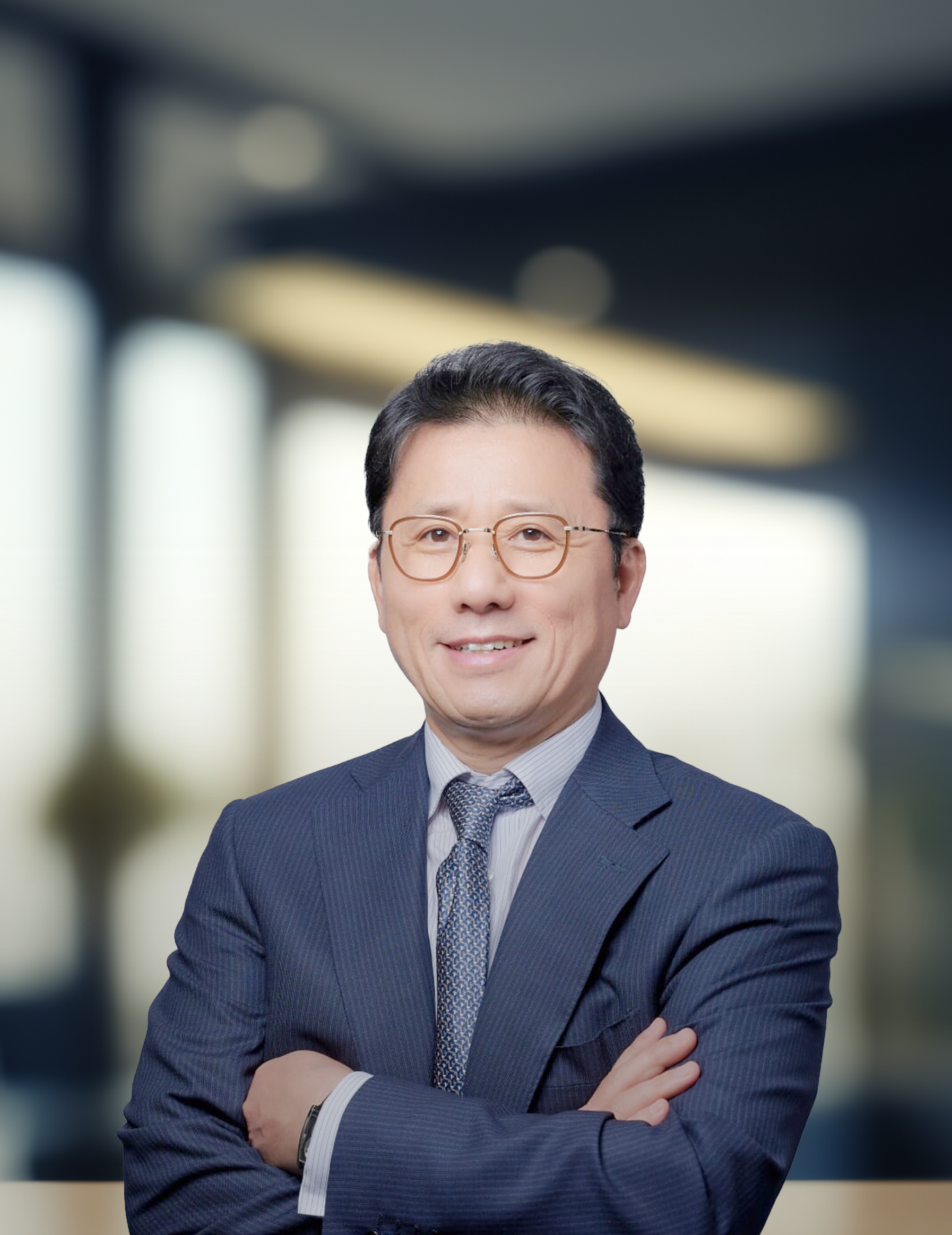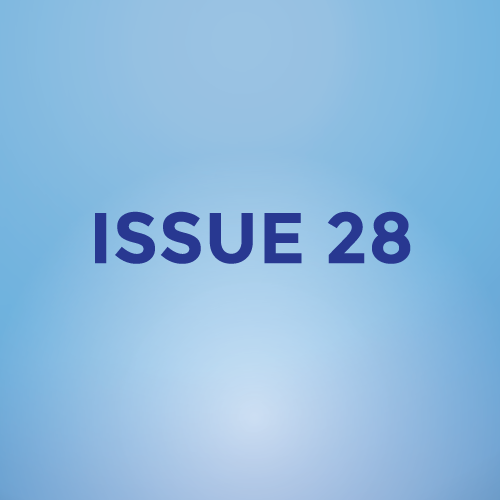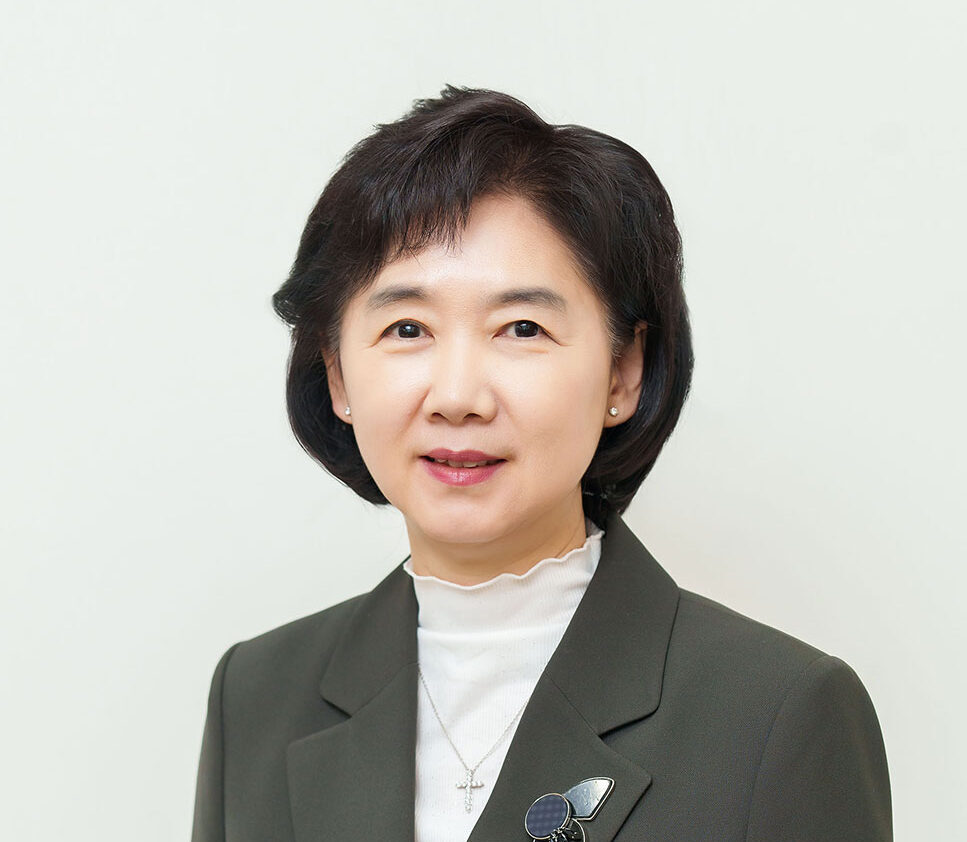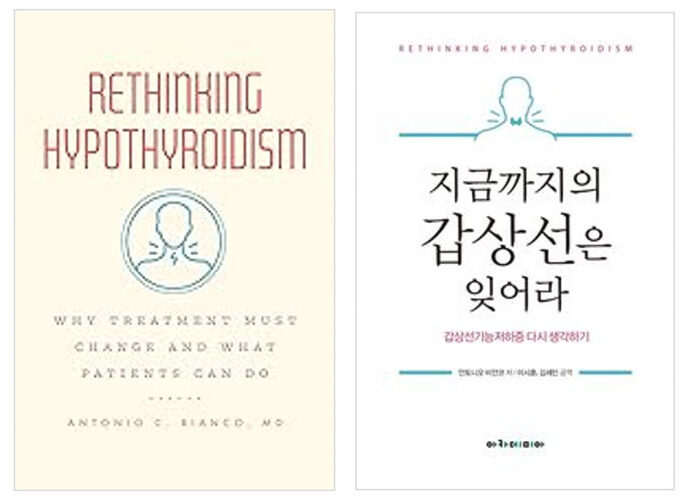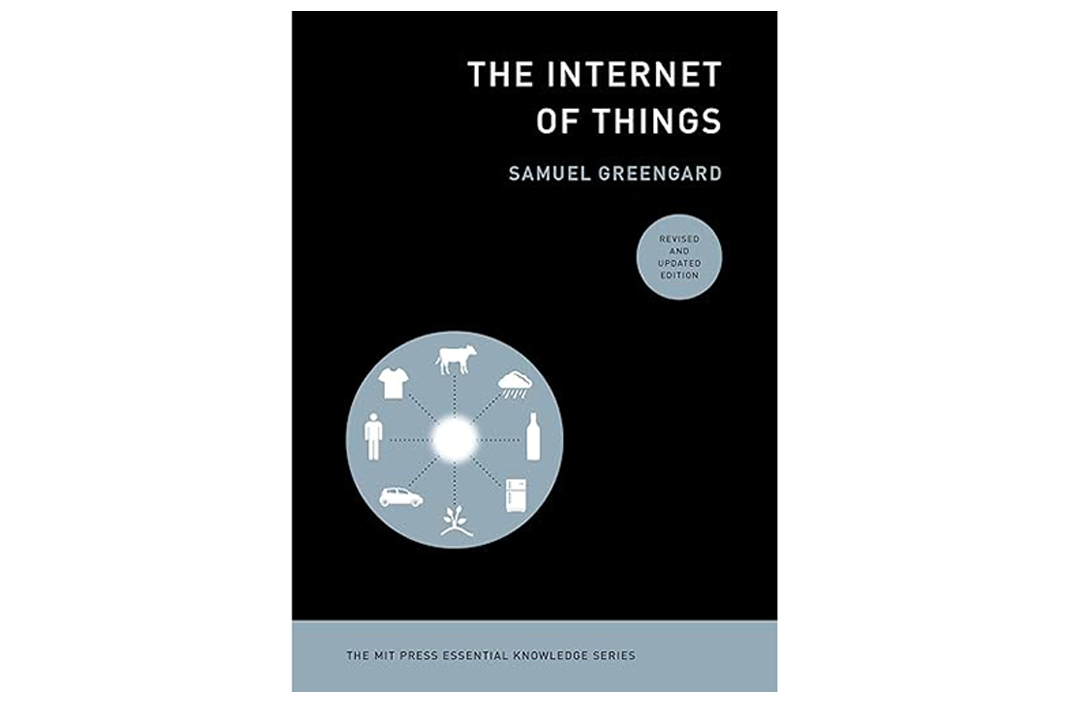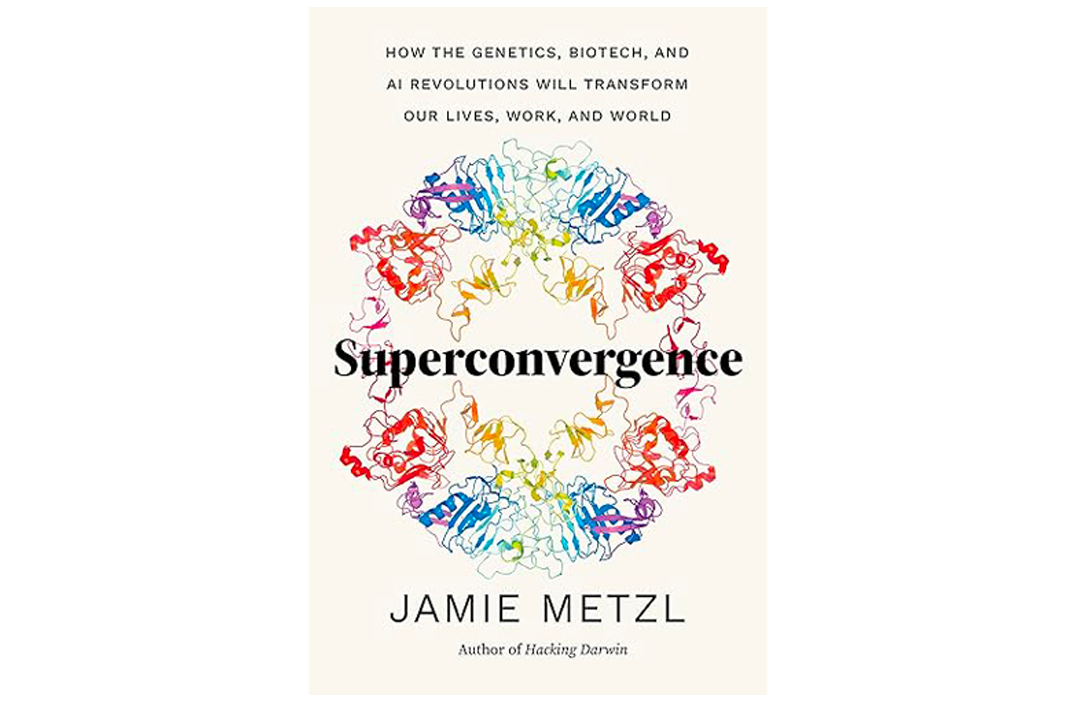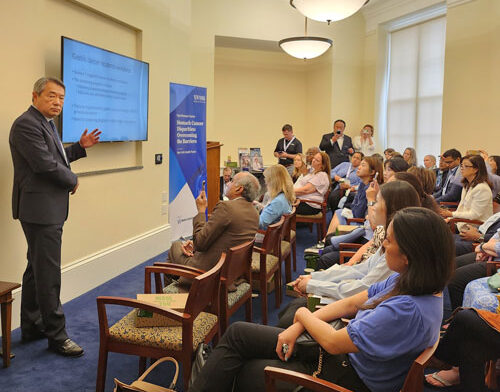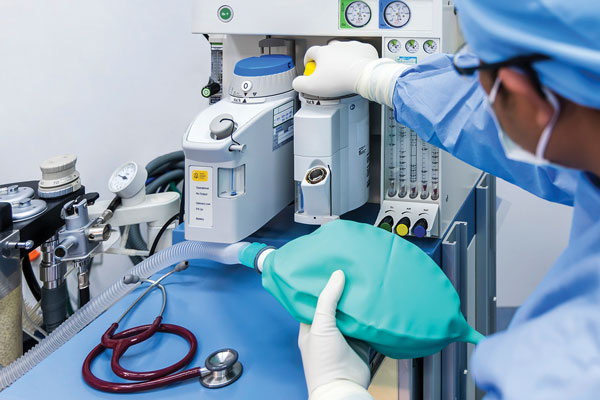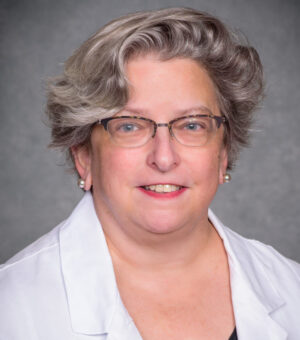Dear Mentor,
My name is Kendrick Yu, and I am currently a second-year medical student at the University of Alabama at Birmingham’s Heersink School of Medicine. Before receiving our white coat and beginning our journeys as medical students, we are required to recite the Hippocratic oath and etch the phrase, “First, Do No Harm,” into our hearts and minds. But what does this truly mean in practice? How does a deeper understanding of bioethics impact the way physicians approach patient care? Was there a moment in your career that challenged your understanding of this principle? How can students prepare for the transition into a medical environment where ethical decisions rarely have a clear or ‘correct’ answer?
Thank you for your time and guidance!

